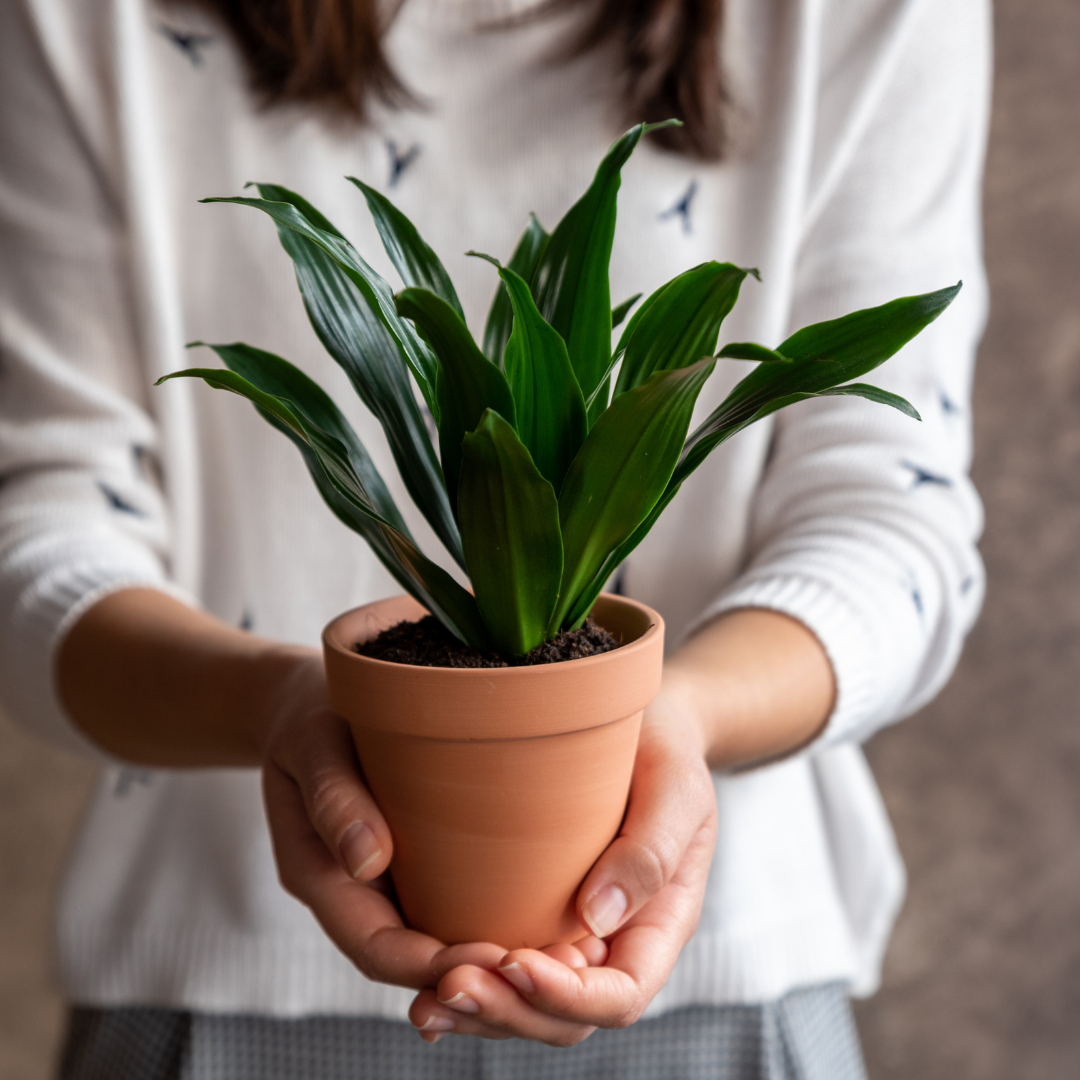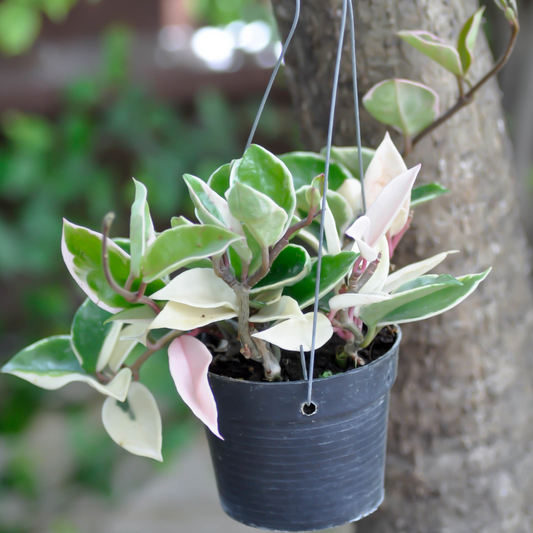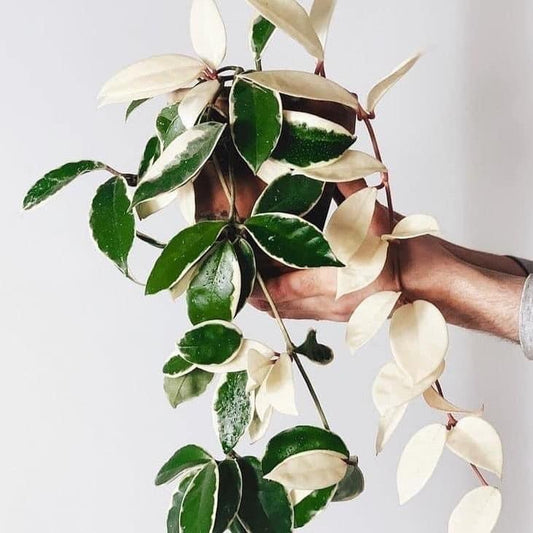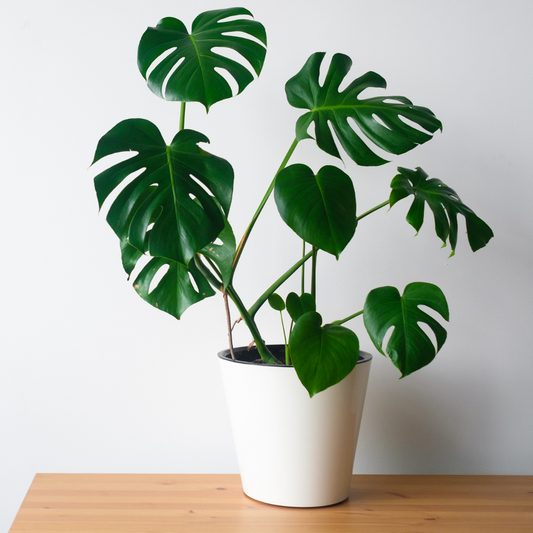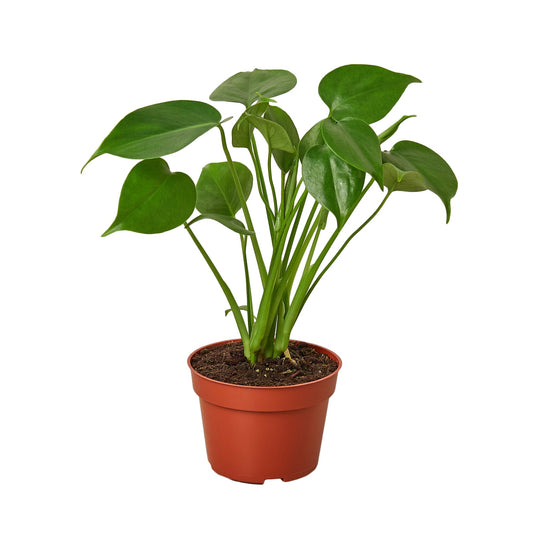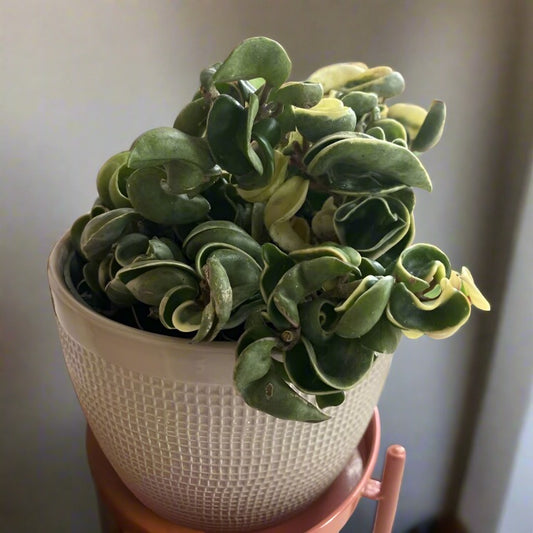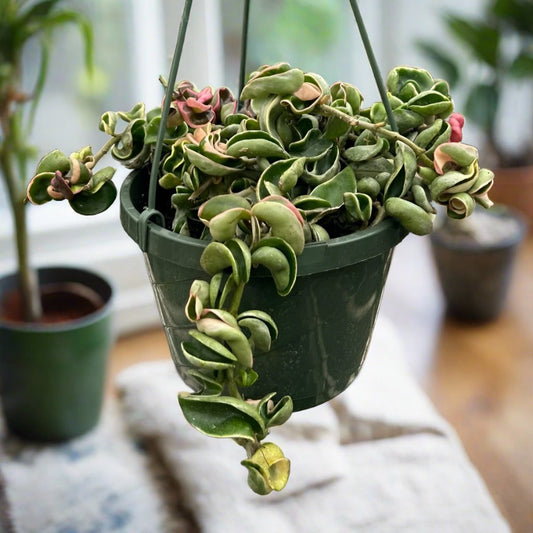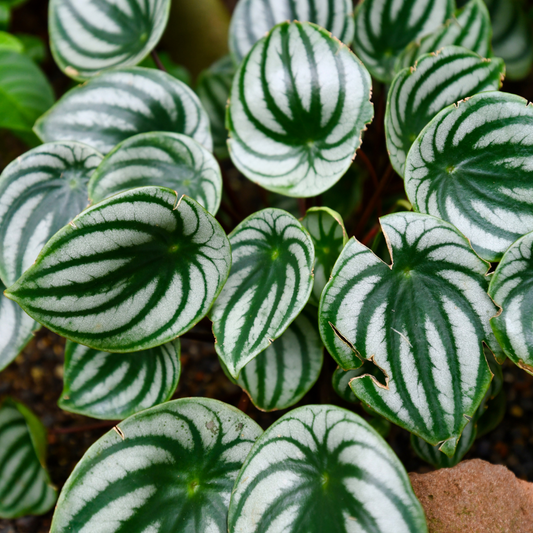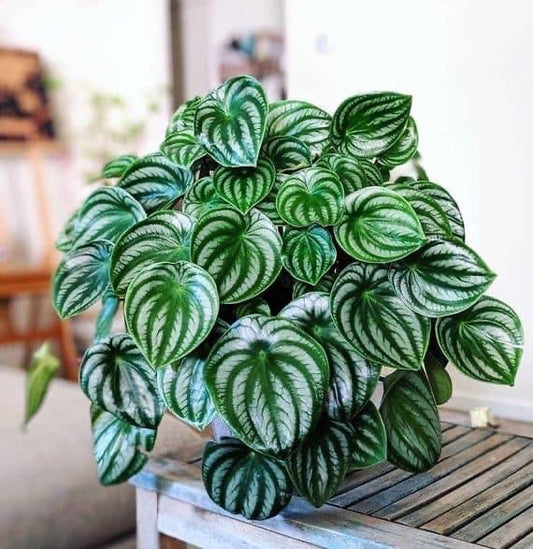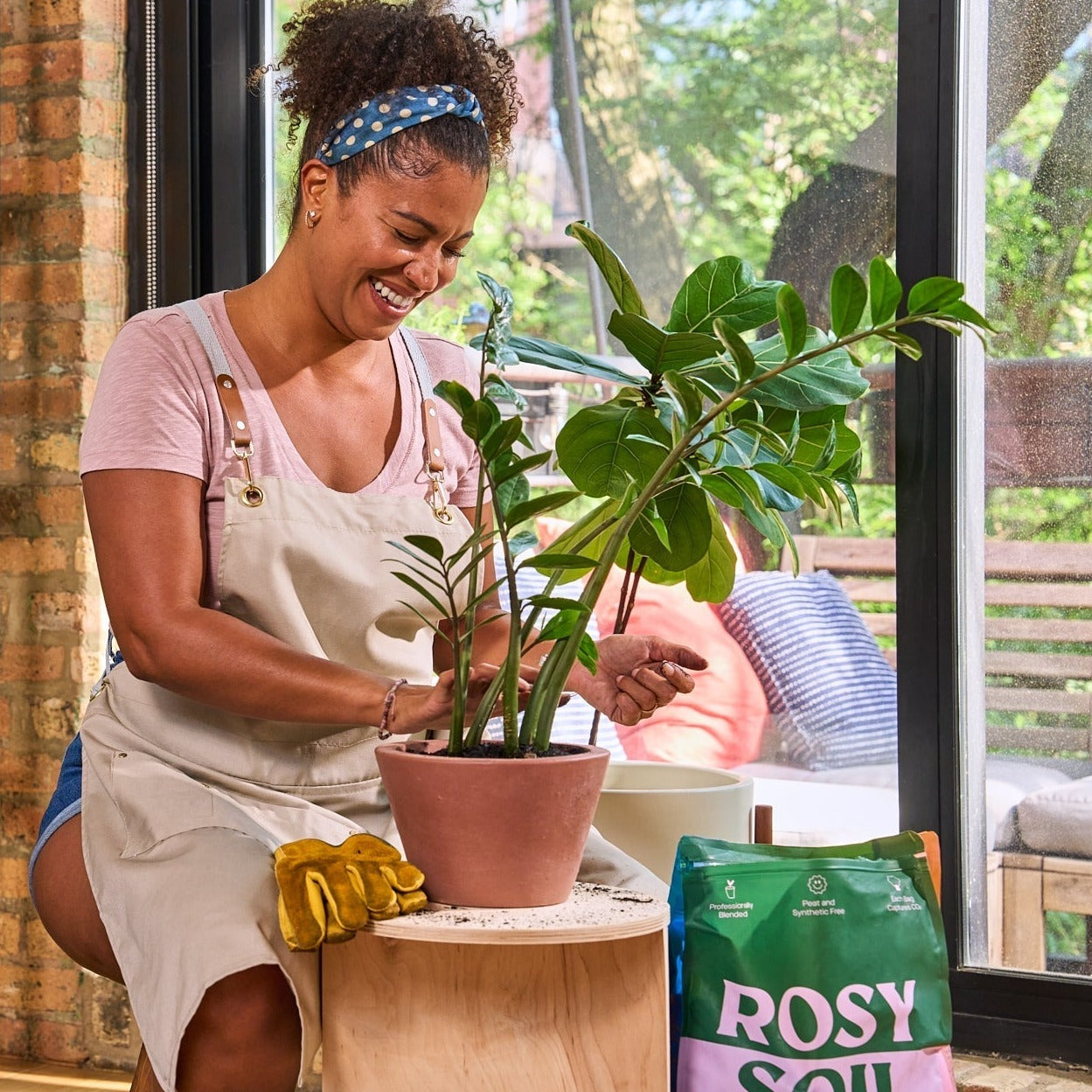Tip 1
Know your Plants Native Environment
Better understand your plants natural environment! Research more about where it grow in nature and how you can mimic that environment in your home. Now clearly, we cant recreate a tropical rainforest...
But we can increase the humidity with humidifiers and change the soil based on its water needs. In addition, does it grow on trees like monsteras or does it creep the forest floor.
Understanding all these things will help you better be a plant parent and provide the right environment for your new green addition.
Tip 2
Get a Moisture Meter!
Do us all a favor... if you only take one of these tips and implement them, please do this one. This is a game changer!

Most houseplant die because they are over watered, Using your finger to test the top few inches of soil does tell you if its moist around the roots or not, so stop this method.
Some plant need to completely dry out like Hoya's and Cacti and others like the lovely Caladiums need to stay moist at all times.
Use the moisture meter every-time before you water your plants!
Tip 3
Stop using regular big box store potting mix

Most potting soil mix you buys at your local nursery or chain store will be pretty heavy and have poor drainage.
By mixing your own soil you can carefully create a mix that will help your plant survive the long run.
Plus you can avoid fungus gnats and overwatering by mixing your own. Don't forget to grab some cute planters to create the indoor plant design of your dreams.
Here is a simple Soil Free Mix:
- Coco Coir
- Perlite
- Worm Casting
- Fine Bark
Tip 4
Invest in a Humidifier

Most plants like a little moisture in the air and our homes are naturally not very humid, especially if live somewhere dry.
A humidifier can prevent those dreaded brown tips on the foliage, improve growth and strength of the plant.
If you have any tropical plants in your home they will appreciate this humidifier so much, and they will reward you with gorgeous healthy leaves just like any plant mama would love!
Tip 5
Don't Forget to Fertilize

Plants need food just like you!
Some are a bit more hungry than others so I suggest you do your research on the specific plant.
However, there are a few tips we suggest when it comes to fertilizing:
- Fertilize more in the growing spring and summer months and let up during the winter. Houseplants need as much as they go into winter dormancy.
- Use an organic fertilizer instead of a synthetic fertilizer. This way you don't have to worry much about over fertilizing it and can accomplish what you want.

